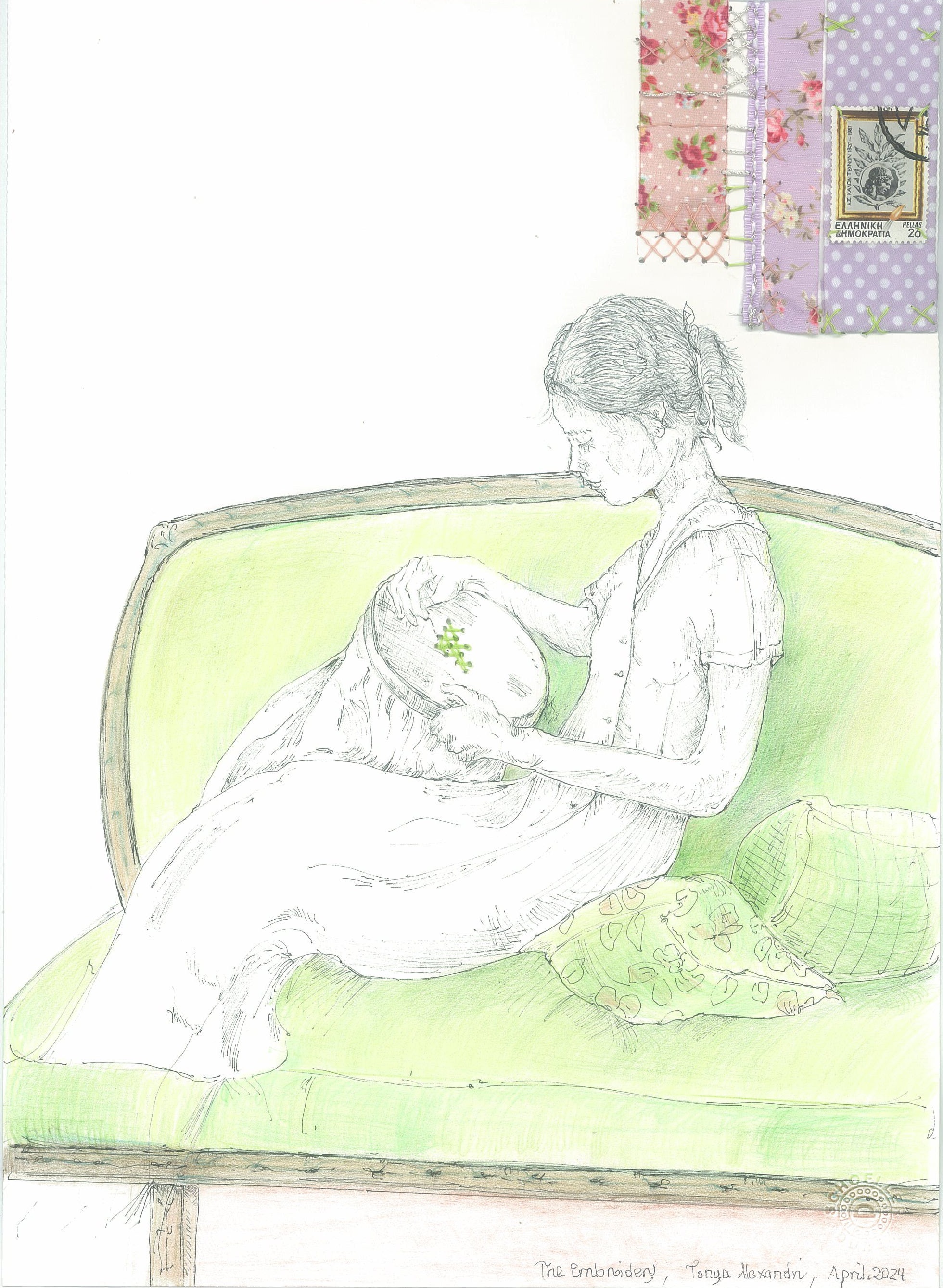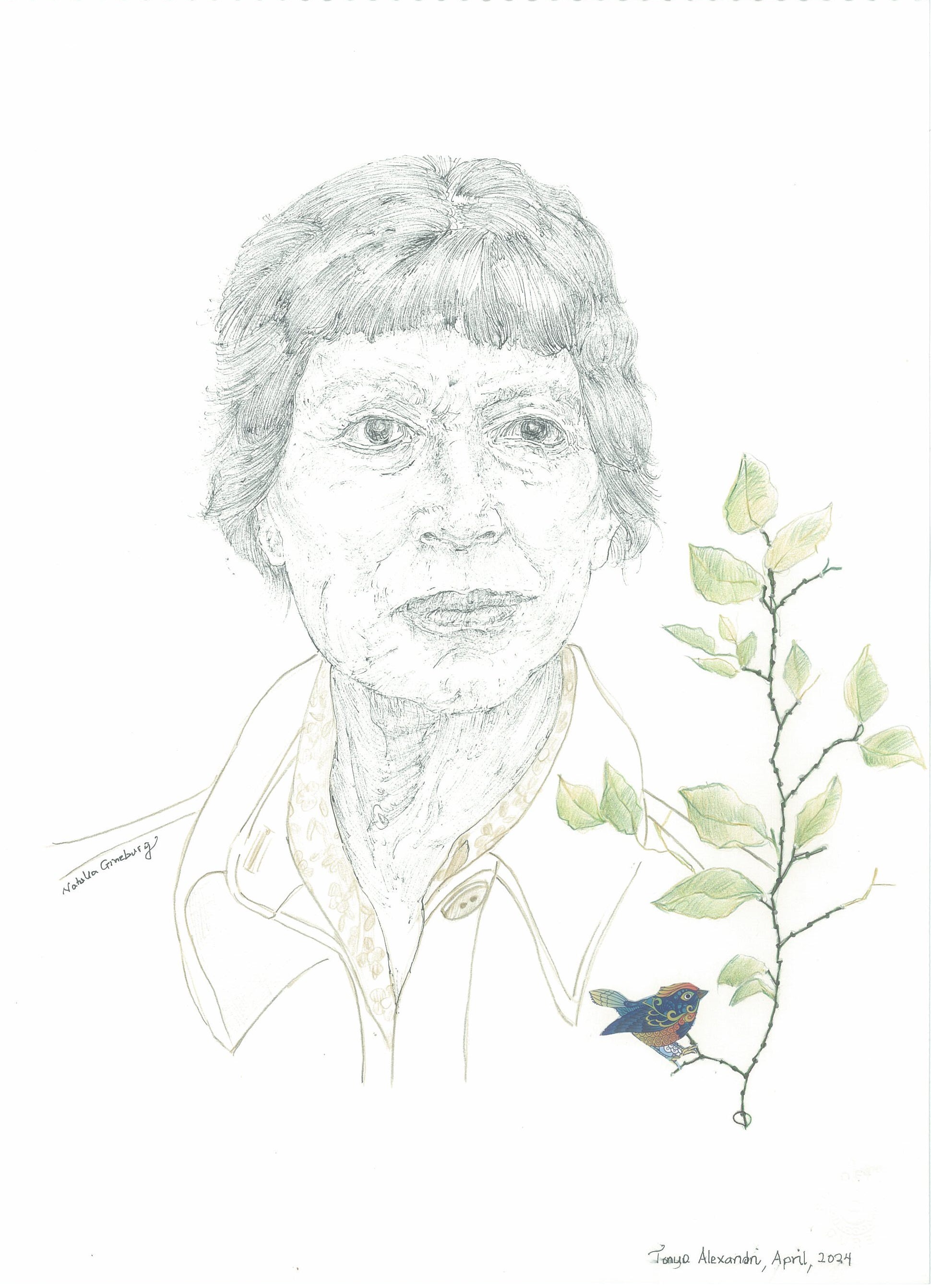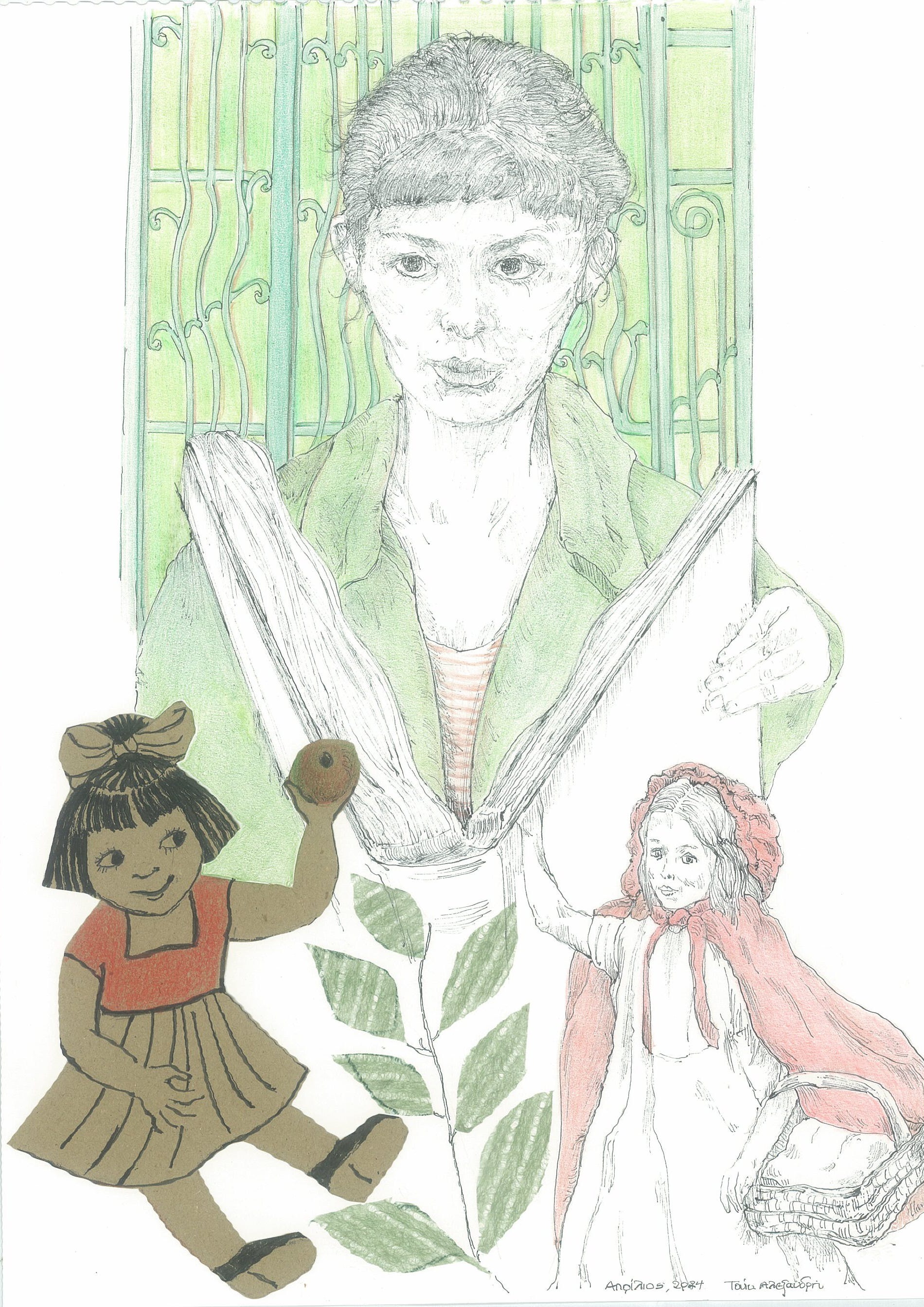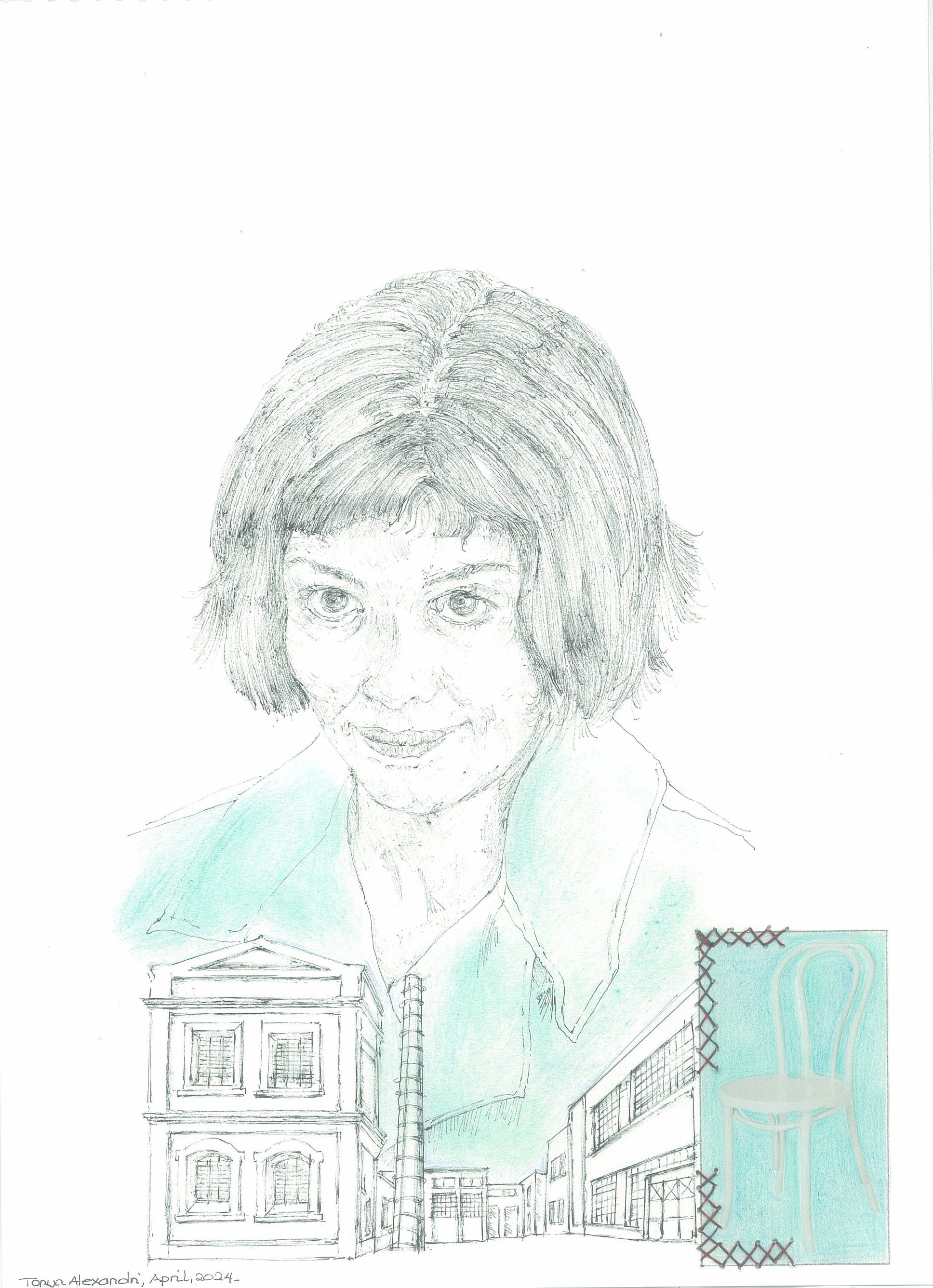From Recollections of My Non-Existence by Rebecca Solnit
“You could be harmed a little—by insults and threats that reminded you [that] you were not safe and free and endowed with certain inalienable rights—or more…. …. … death always hung over the other aggressions. You could be erased a little so that there was less of you, less confidence, less freedom, or your rights could be eroded…………., Even if you weren’t killed, something in you was, your sense of freedom, equality, confidence.”
“There are so many ways people are forced to disappear, uprooted, erased, told that this is not their story and not their place. They pile up in layers like geological strata…”
Today’s post contains ten recent drawings. Drawing for me serves as a faster means of telling layered stories, and of recording glimpses of outward reality and events, emotions, memories, imagery, symbols and metaphors, and bringing together my stories with other’s narratives in books and life..
I’ve also just finished reading Rebecca Solnit’s book, Recollections of My Non-Existence, an account of her journey and formation as a writer from her student days till the present. She writes: “Becoming a writer formalizes something essential about becoming a human: the task of figuring out what stories to tell and how to tell them and who you are in relation to them, which you choose and which choose you.”

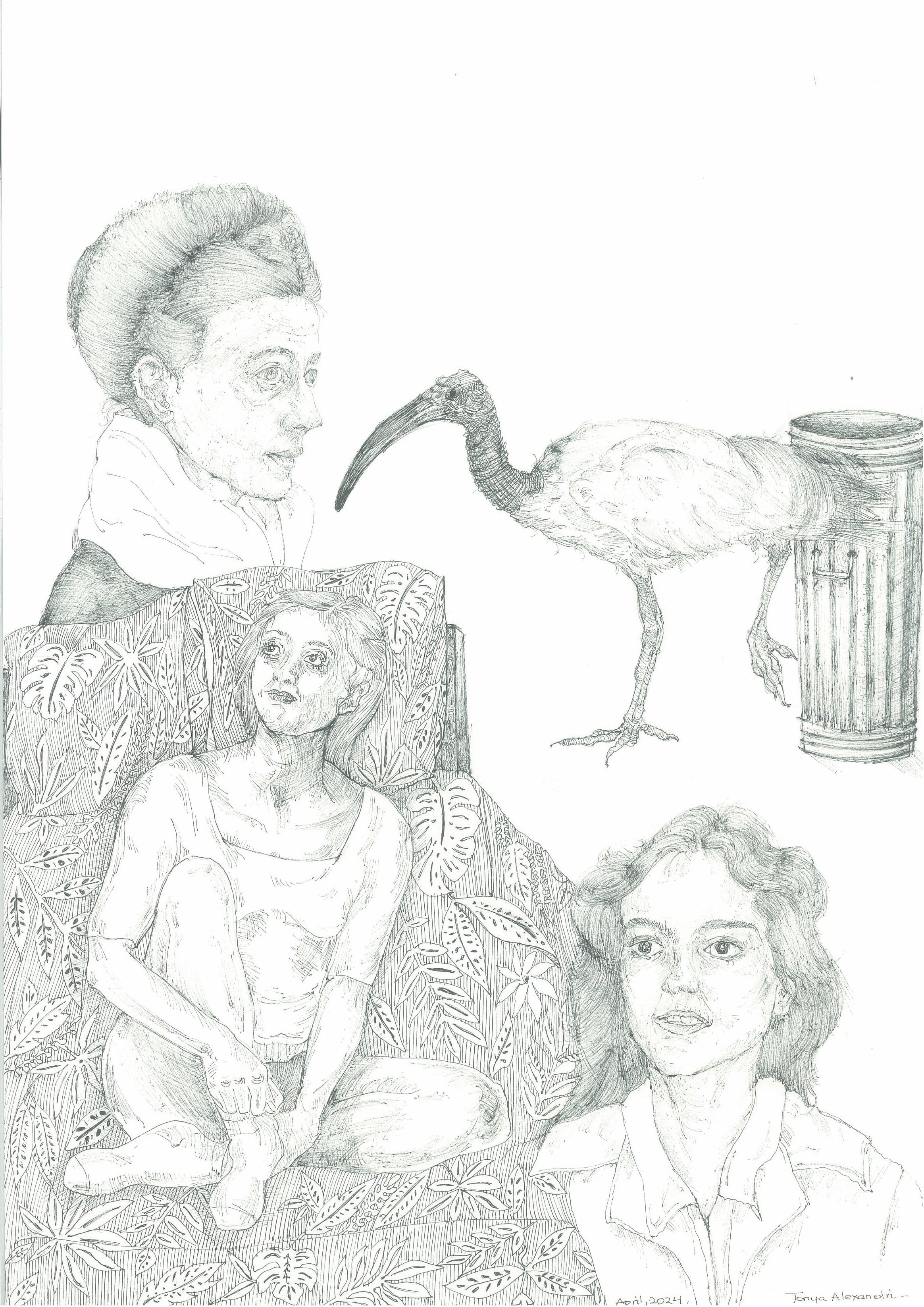
Her focus is mostly outward on her encounters, actions and adventures, losses and gains, and what they reveal about the culture at large and the dynamics in the different contexts she has found herself in. One main concern of her work is about who gets to tell stories, who listens to them, who gets discredited and silenced, whose stories are erased, disappeared, and the stories that are missing that we are not even aware of.
She knows what it means to feel powerless and non-existent, and to even actively choose nonexistence in the face of harassment, since she writes “existence was so perilous.” In some point in the book where she refers to a desk given to her by a woman who had endured almost lethal physical violence, she writes: “it seems time to tell what it meant to me to grow up in a society in which many preferred people like me to be dead or silent and how I got a voice and how it eventually came time to use that voice—that voice that was most articulate when I was alone at the desk speaking through my fingers, silently—to try to tell the stories that had gone untold.”
I will write more about the book in the next post.
